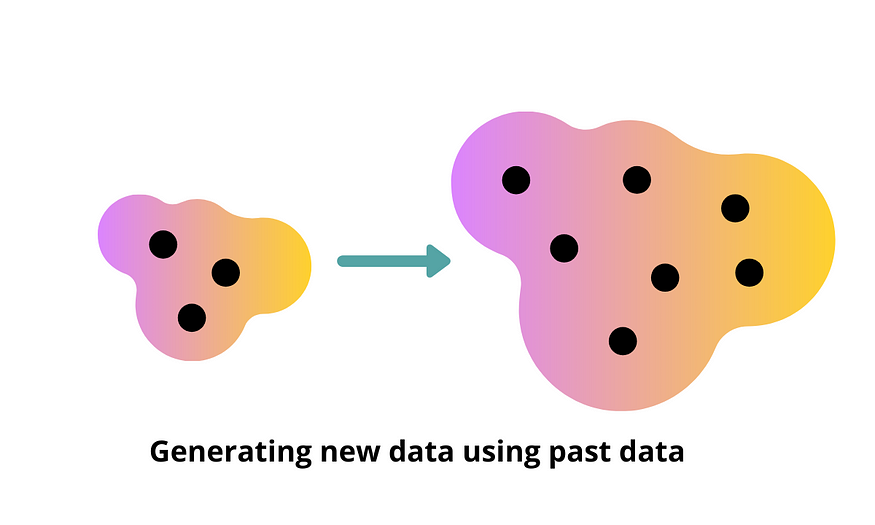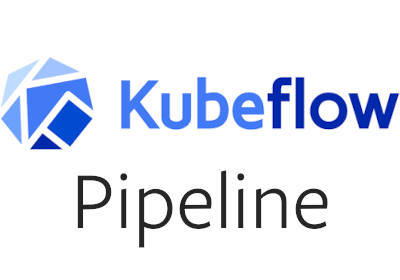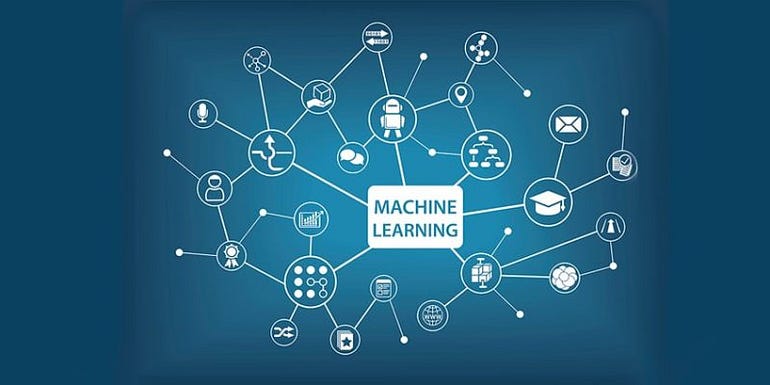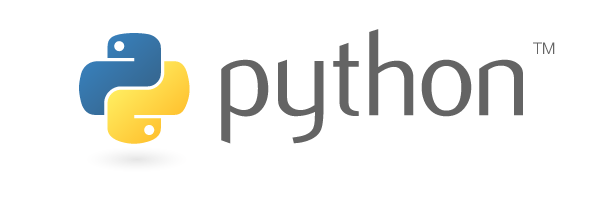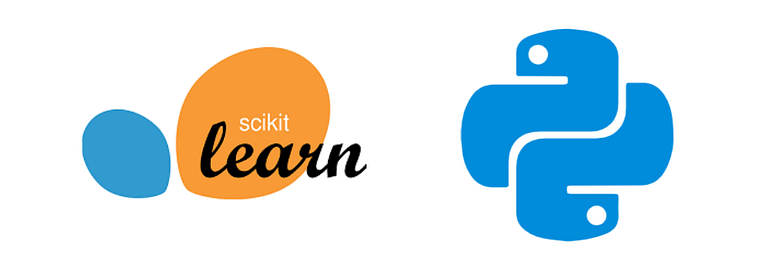Optimizing Model Performance: A Guide to Hyperparameter Tuning in Python with Keras

Hyperparameter tuning is the process of selecting the best set of hyperparameters for a machine learning model to optimize its performance. Hyperparameters are values that cannot be learned from the data, but are set by the user before training the model. Examples of hyperparameters include learning rate, batch size, number of hidden layers, and number of neurons in each hidden layer.
Optimizing hyperparameters is important because it can significantly improve the performance of a machine learning model. However, it can be a time-consuming and computationally expensive process.
In this tutorial, we will use Python to demonstrate how to perform hyperparameter tuning using the Keras library.
Hyperparameter Tuning in Python with Keras
Import Libraries
We will start by importing the necessary libraries, including Keras for building the model and scikit-learn for hyperparameter tuning.
import numpy as np
from keras.datasets import mnist
from keras.models import Sequential
from keras.layers import Dense, Dropout
from keras.utils import to_categorical
from keras.optimizers import Adam
from sklearn.model_selection import RandomizedSearchCV
Load Data
Next, we will load the MNIST dataset for training and testing the model.
# Load data
(x_train, y_train), (x_test, y_test) = mnist.load_data()
# Normalize data
x_train = x_train.astype('float32') / 255.
x_test = x_test.astype('float32') / 255.
# Flatten data
x_train = x_train.reshape((len(x_train), np.prod(x_train.shape[1:])))
x_test = x_test.reshape((len(x_test), np.prod(x_test.shape[1:])))
# One-hot encode labels
y_train = to_categorical(y_train)
y_test = to_categorical(y_test)
In this example, we load the MNIST dataset and normalize and flatten the data. We also one-hot encode the labels.
Build Model
Next, we will build the model.
# Define model
def build_model(learning_rate=0.01, dropout_rate=0.0, neurons=64):
model = Sequential()
model.add(Dense(neurons, activation='relu', input_shape=(784,)))
model.add(Dropout(dropout_rate))
model.add(Dense(neurons, activation='relu'))
model.add(Dropout(dropout_rate))
model.add(Dense(10, activation='softmax'))
optimizer = Adam(lr=learning_rate)
model.compile(loss='categorical_crossentropy', optimizer=optimizer, metrics=['accuracy'])
return model
In this example, we define the model with three layers, including two hidden layers with a user-defined number of neurons and a dropout layer for regularization.
Perform Hyperparameter Tuning
Next, we will perform hyperparameter tuning using scikit-learn’s RandomizedSearchCV function.
# Define hyperparameters
params = {
'learning_rate': [0.01, 0.001, 0.0001],
'dropout_rate': [0.0, 0.1, 0.2],
'neurons': [32, 64, 128],
'batch_size': [32, 64, 128]
}
# Create model
model = build_model()
# Perform hyperparameter tuning
random_search = RandomizedSearchCV(model, param_distributions=params, cv=3)
random_search.fit(x_train, y_train)
# Print best hyperparameters
print(random_search.best_params_)
In this example, we define a dictionary of hyperparameters and their values to be tuned. We then create the model and perform hyperparameter tuning using RandomizedSearchCV with a 3-fold cross-validation. Finally, we print the best hyperparameters found during the tuning process.
Evaluate Model
Once we have found the best hyperparameters, we can build the final model with those hyperparameters and evaluate its performance on the testing data.
# Build final model with best hyperparameters
best_learning_rate = random_search.best_params_['learning_rate']
best_dropout_rate = random_search.best_params_['dropout_rate']
best_neurons = random_search.best_params_['neurons']
model = build_model(learning_rate=best_learning_rate, dropout_rate=best_dropout_rate, neurons=best_neurons)
# Train model
model.fit(x_train, y_train, batch_size=128, epochs=10, validation_data=(x_test, y_test))
# Evaluate model on testing data
score = model.evaluate(x_test, y_test, verbose=0)
print('Test loss:', score[0])
print('Test accuracy:', score[1])
In this example, we build the final model with the best hyperparameters found during hyperparameter tuning. We then train the model and evaluate its performance on the testing data.
In this tutorial, we covered the basics of hyperparameter tuning and how to perform it using Python with Keras and scikit-learn. By tuning the hyperparameters, we can significantly improve the performance of a machine learning model. I hope you found this tutorial useful in understanding how to optimize model performance through hyperparameter tuning.
Lyron Foster is a Hawai’i based African American Author, Musician, Actor, Blogger, Philanthropist and Multinational Serial Tech Entrepreneur.


